Chatterbox Srl | Via Tempio 15 (front office via Tempio 27)
09127 - Cagliari (CA)
+39 070 773 8269
Mon - Thu 8am-5pm Fri 8am - 3.30pm
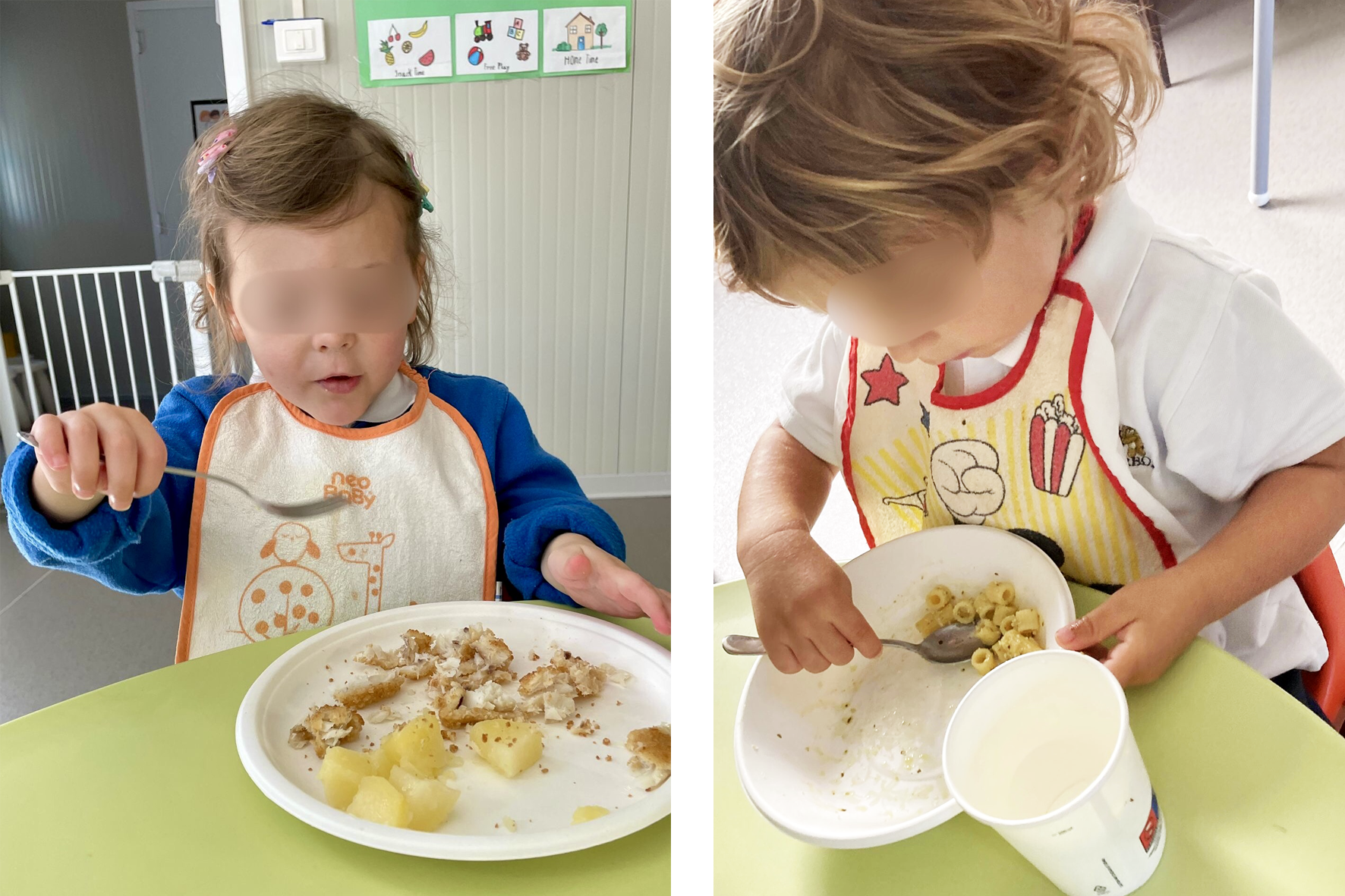
In Europe, every year, 500 children die because of food-related choking, with a very high percentage between those aged 4 or younger.
Why do children have a higher risk of choking?
There are various reasons. The first reason can be found in children’s anatomy: their trachea has a small diameter which does not allow food that has not been cut into little pieces to properly slide down. Furthermore, children have not completed dentition and this, of course, results in an improper chewing of the food. Another important factor to take into account is the fact that children are not able to coordinate chewing and swallowing yet and they also tend to do more than one thing at the same time (such as move around, laugh, cry or play) while they’re eating.
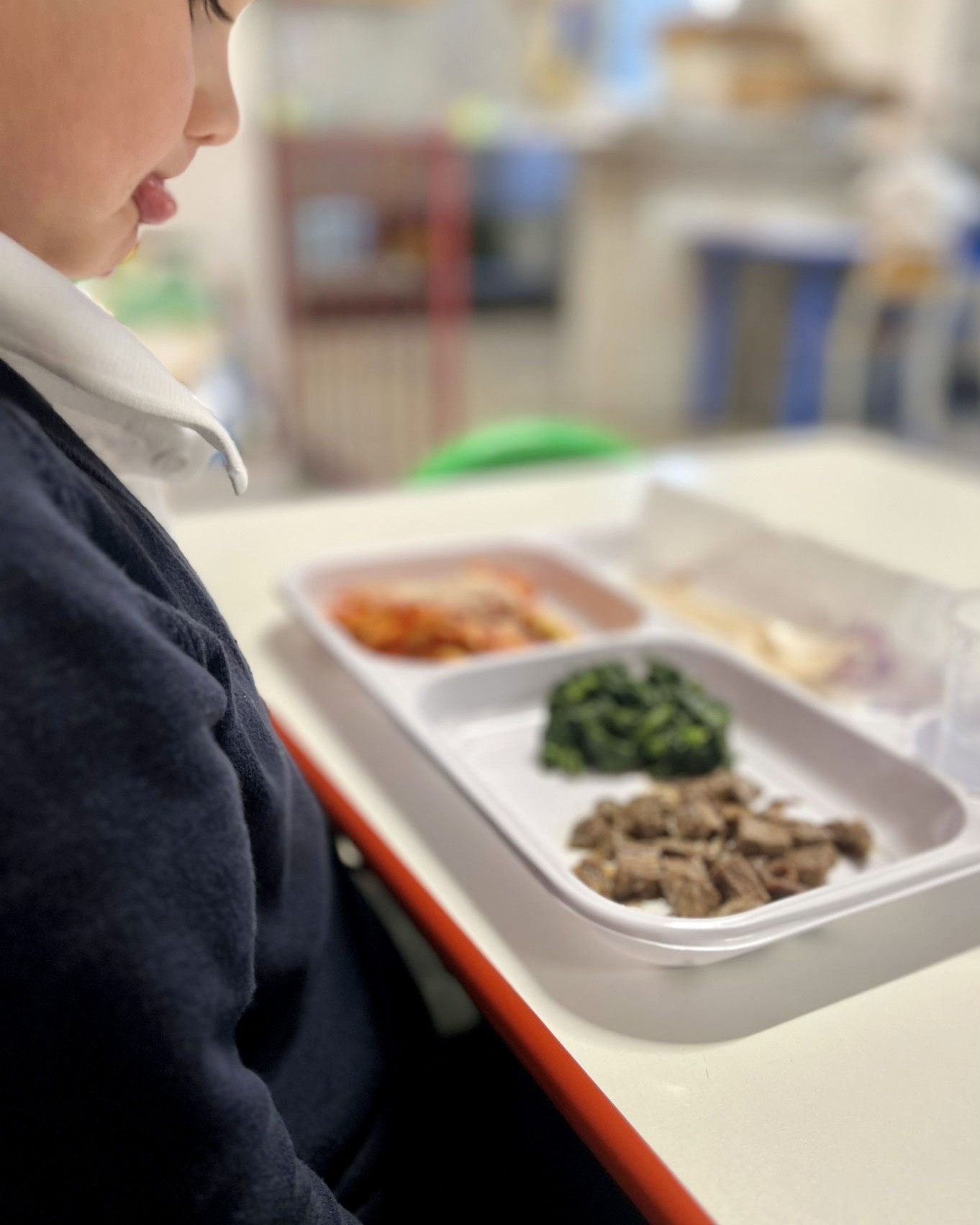
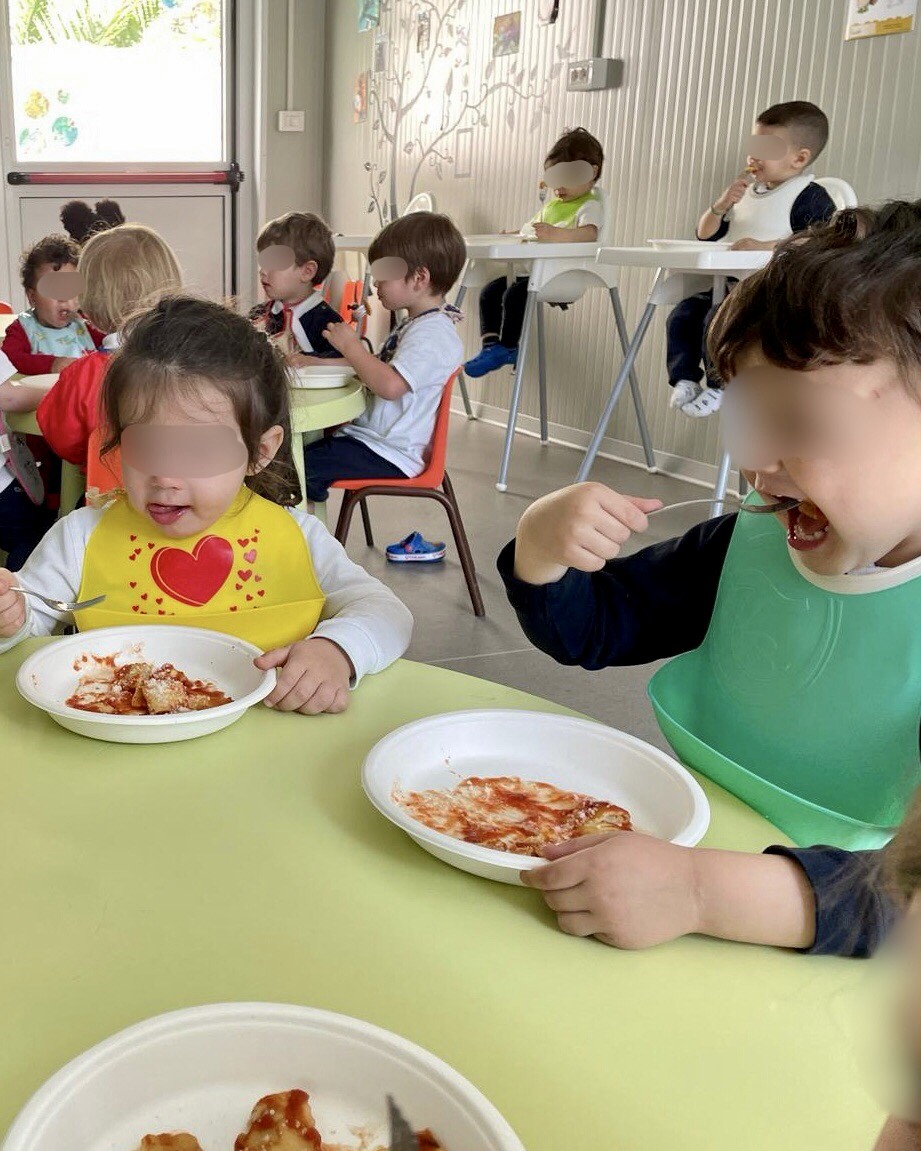
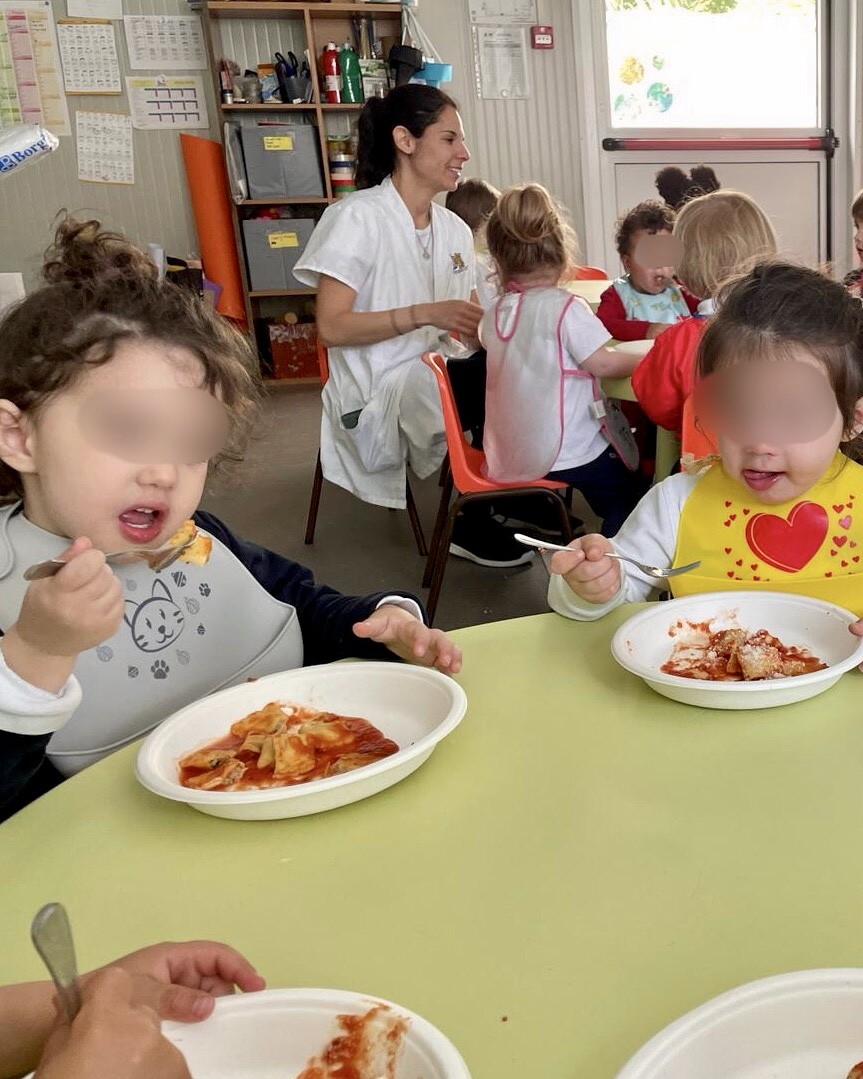
How can we help children to prevent choking?
First of all, it is really important to be aware of all the foods that are classified as highly dangerous and, thus, put into place all the possible strategies to make them safe. It is also essential to know the pediatric choking first aid that can literally save a life in case of a real emergency. Furthermore, it is important to spend some time teaching children how to chew properly and slowly, until they are sure that the food in their mouths has turned into very little pieces. It is also essential to be clear from the very beginning and to decide a few very important rules to follow during meal times, such as sit properly with the back straight, stay focused on what they are doing, avoiding any distractions like watching tv, moving or playing. It is also crucial to make sure that children stay sat in their places while eating and are never allowed to walk around, run, play or eat in the car. Let’s remember that we, as adults, play an essential role in setting the right example!
Which are the high-risk foods?
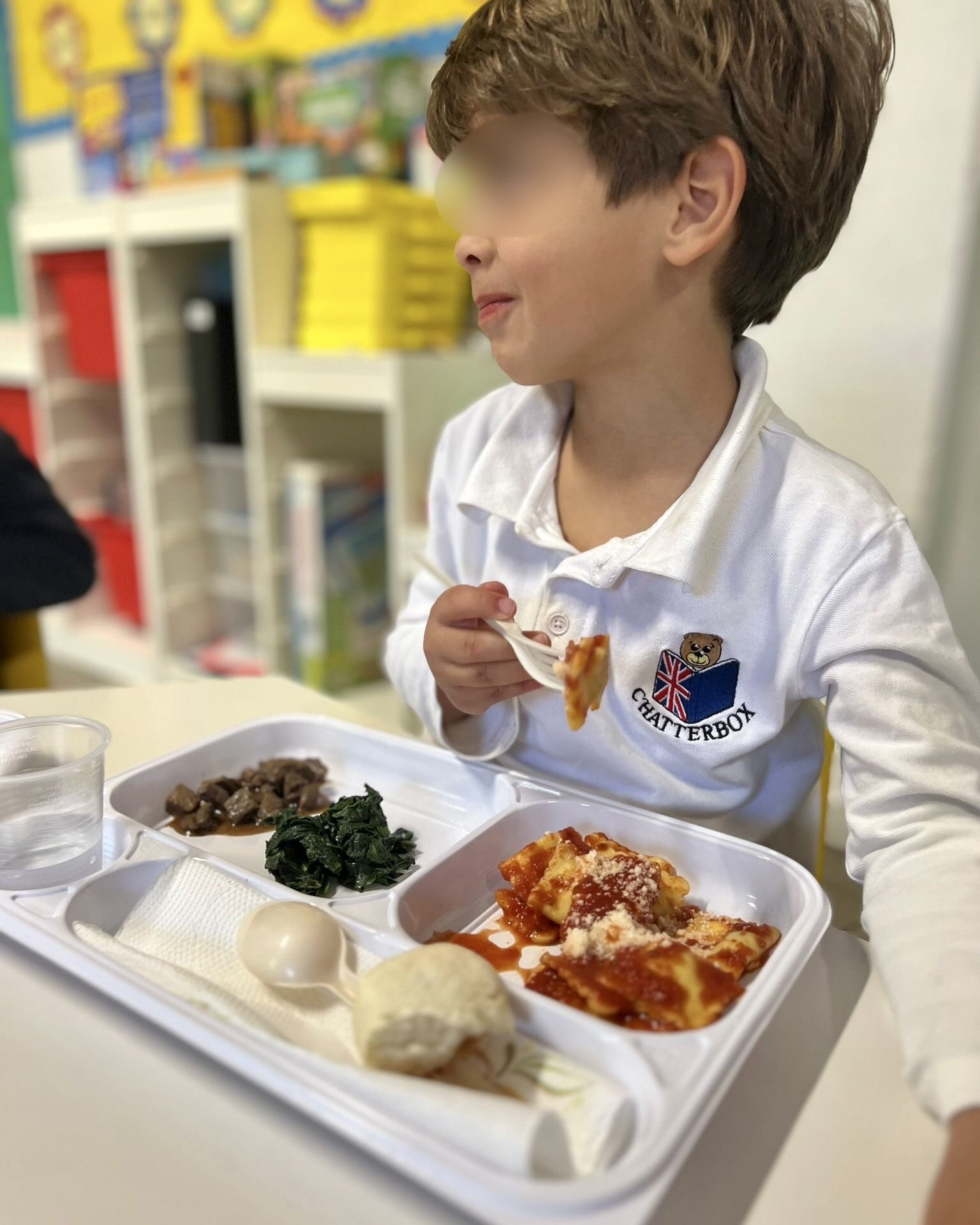
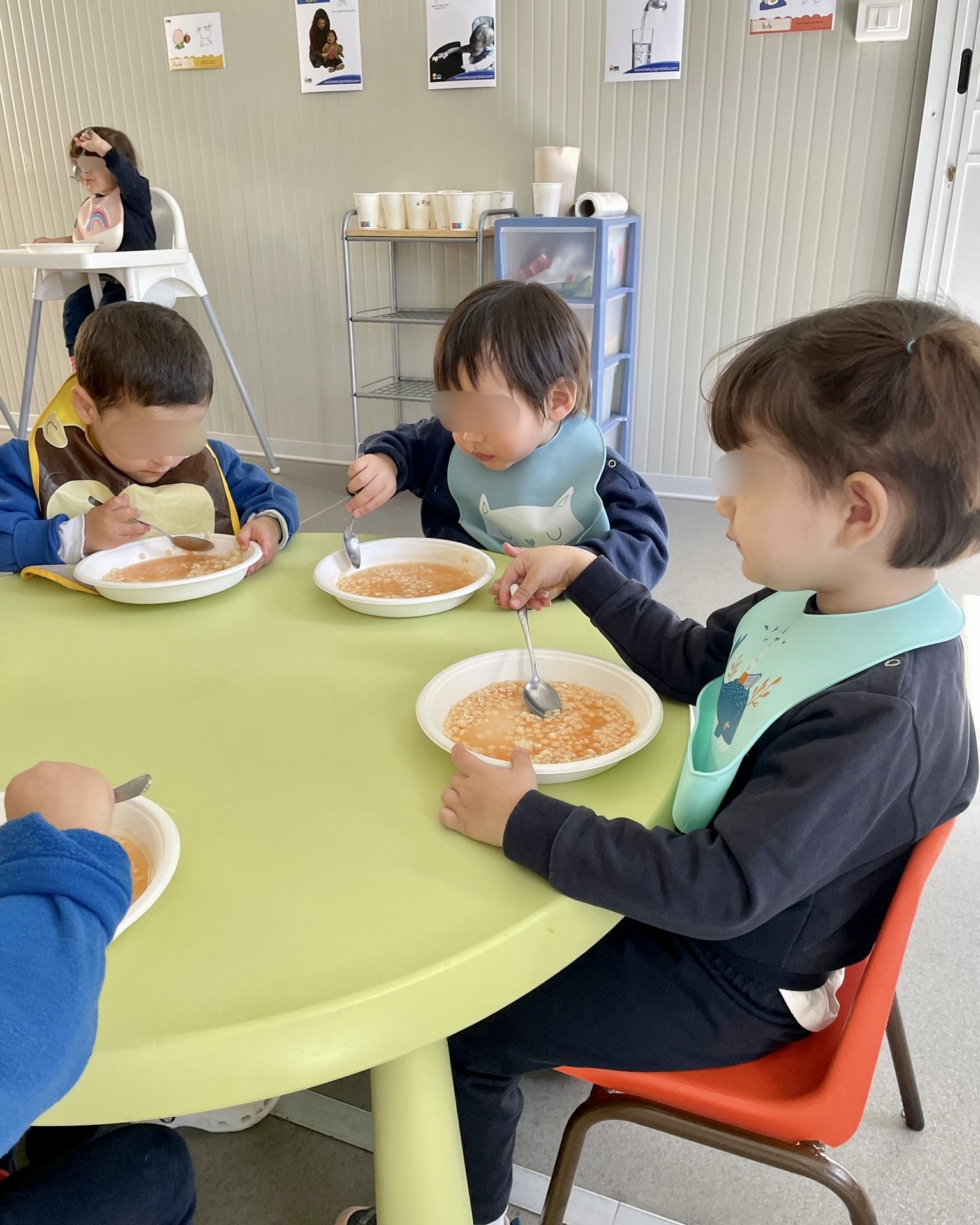
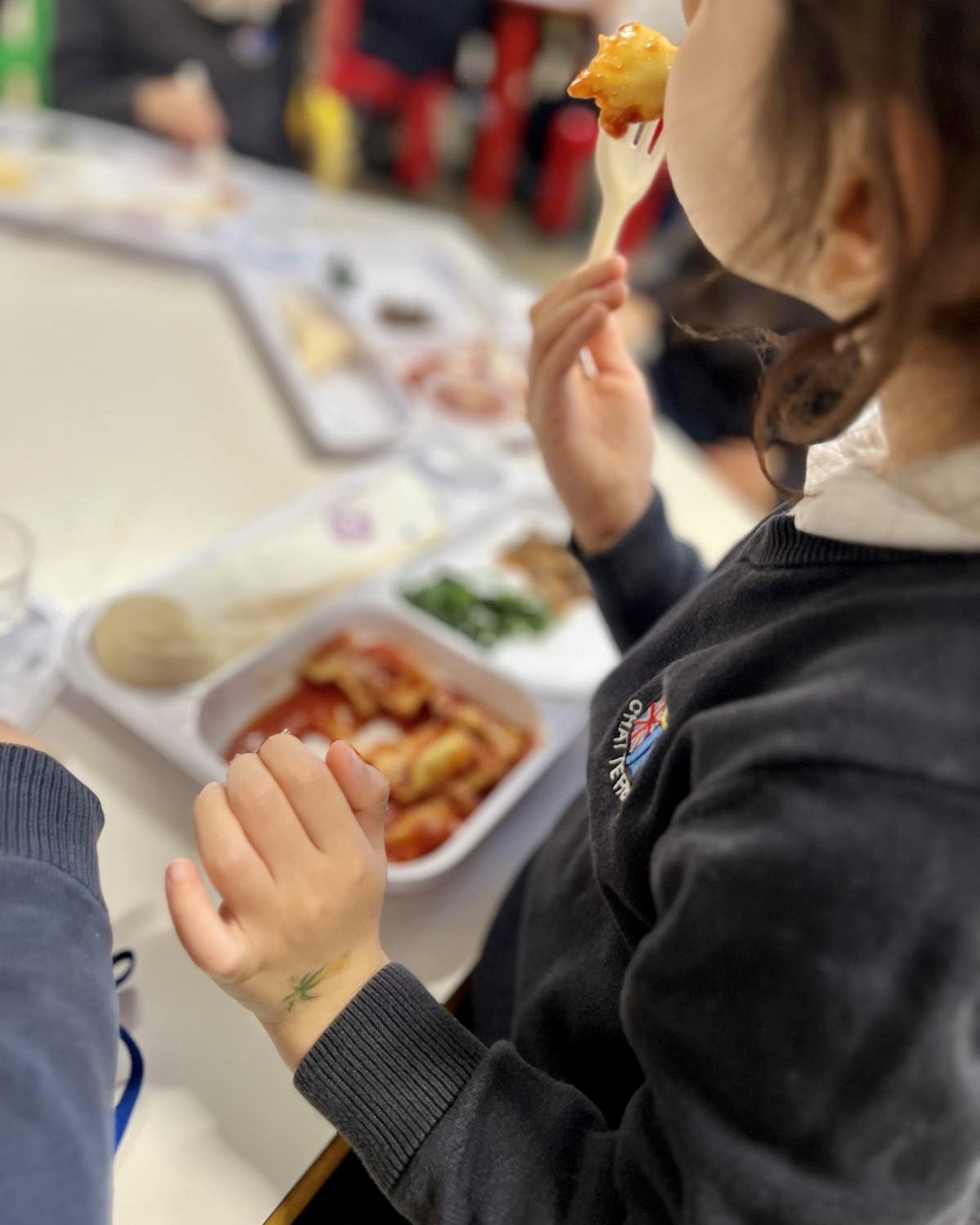
What do we, as a school, do in order to make sure that we minimize choking hazard?
All of our staff who take care of meal times attended the pediatric choking first aid course and constantly carefully monitors children while eating. In addition, the external catering that our Playschool relies on follows the high-risk foods preparation standards to avoid shapes, sizes and textures that increase choking risk, and sends us the food already cut up and ready to be eaten.
Here below you can find the links to the high-risk foods poster and pediatric choking first aid, which are very useful to download and print out (they are in Italian):
Poster-Alimenti-2-MIN-SAL-2020-def.-scaled.jpg (1810×2560) (manovredisostruzionepediatriche.com)
Poster_A-.B_def-lattante-stampa-scaled.jpg (1810×2560) (manovredisostruzionepediatriche.com)
Poster_A-.B_def-bimbo-stampa-scaled.jpg (1810×2560) (manovredisostruzionepediatriche.com)
Source: Ministero della Salute, LINEE DI INDIRIZZO PER LA PREVENZIONE DEL SOFFOCAMENTO DA CIBO ALLEGATO PARERE CSS 11 APRILE 2017 (salute.gov.it)